According to China’s National Health Commission, on February 11, there were 2015 new confirmed coronavirus cases, bringing the accumulated total to 44653. Death tolls increased 97 to 1113. There are currently 8204 serious cases, 16067 suspected cases and 451462 people tracked.
US White House national security adviser Robert O’Brien warned “there’s no doubt that the virus could have an impact on the US economy and also on the world economy”. The coronavirus could have disruptive impact on the global supply chain, and “We’ll have to wait and see how it plays out and whether alternate suppliers can be found.”
O’Brien also noted, “we expect the Phase 1 deal will allow China to import more food and open those markets to American farmers, but certainly as we watch this coronavirus outbreak unfold in China it could have an impact on how big, at least in this current year, the purchases are.”




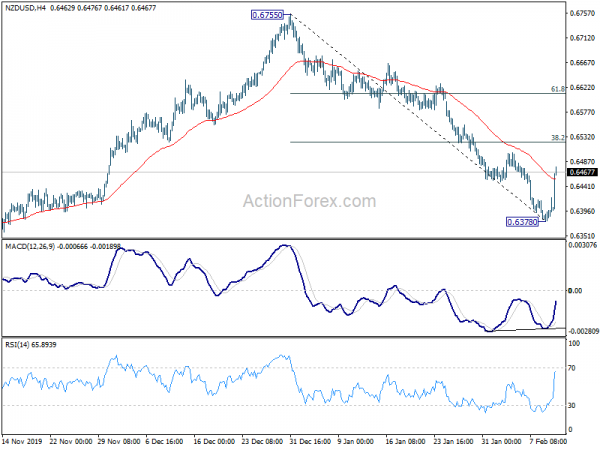
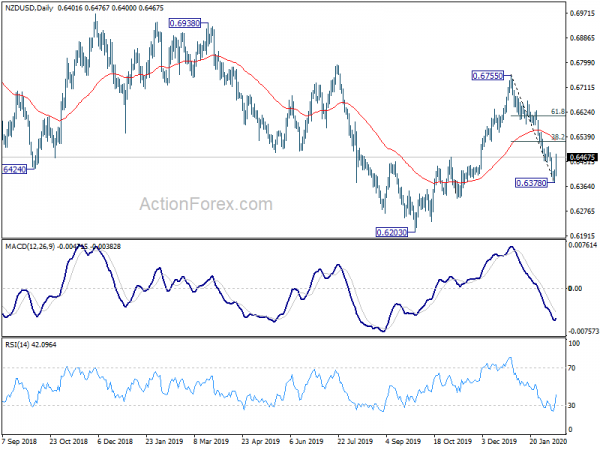
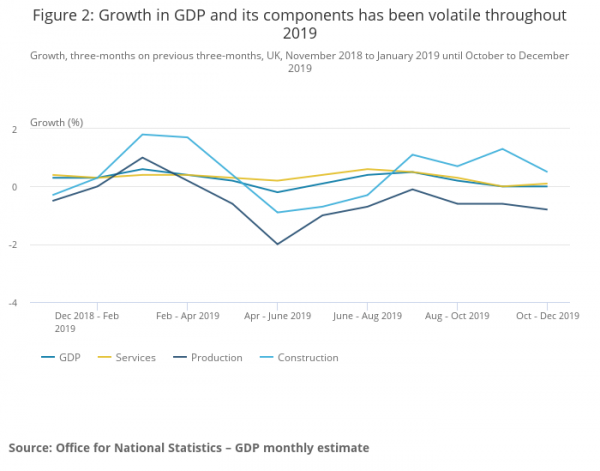
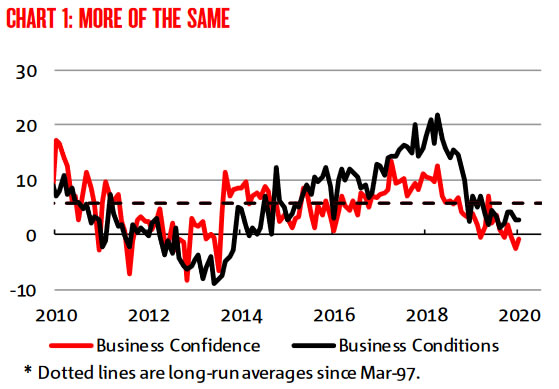
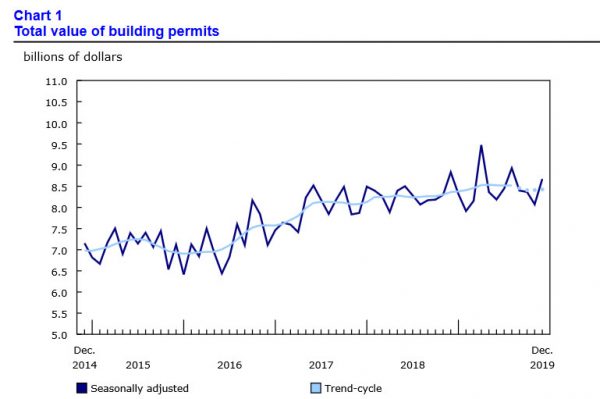
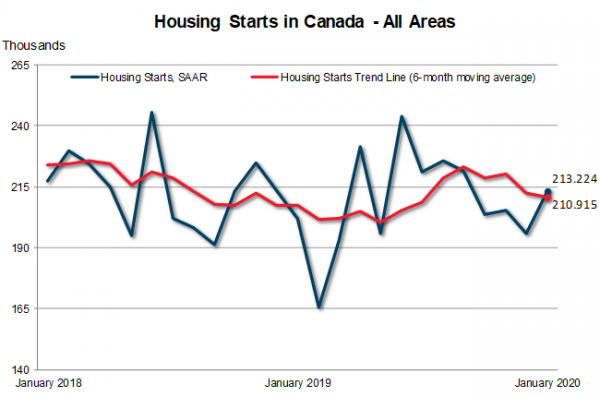
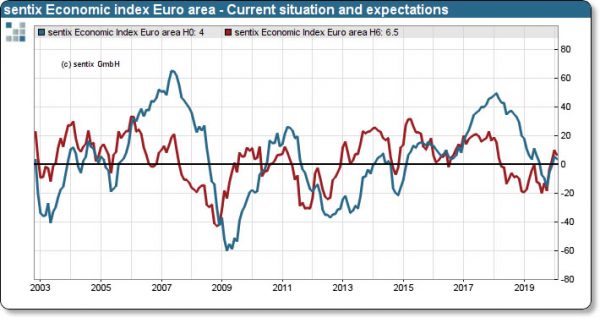
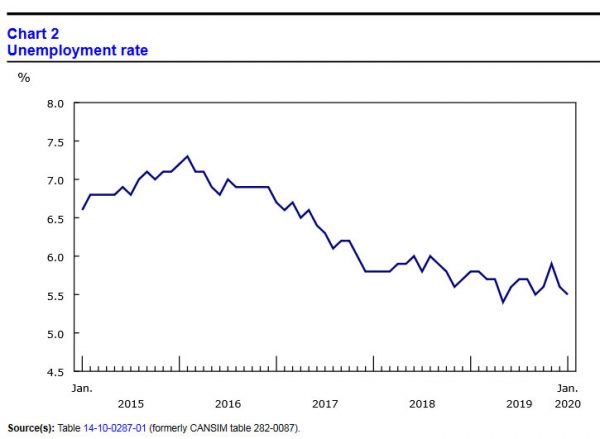
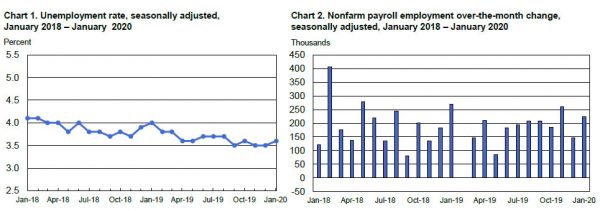

IMF: Coronavirus poses large downsides risks for countries with close ties with China
IMF Director of Asia and Pacific, Changyong Rhee, said that if coronavirus slows the Chinese economy, the government has “policy room” for stimulus. Nevertheless, he insisted that China should continue with “structural reform and credit control”. He added that “(We) don’t want to deny this event definitely increases the downside risk. Especially the downside risk will be large for countries which have close ties with China. At this moment, I think a major channel that has an impact in Asia is tourism”.
In China, Cai Fang, the vice head of the Chinese Academy of Social Sciences (CASS), said “although the temporary impact caused by the epidemic will slightly reduce the growth rate and other development indicators, it will not delay the fulfillment of the goal of building a moderately prosperous society.” He added that the government should use policy tools in a timely and flexible way and adopt “unconventional policy tools”, to support the economy.